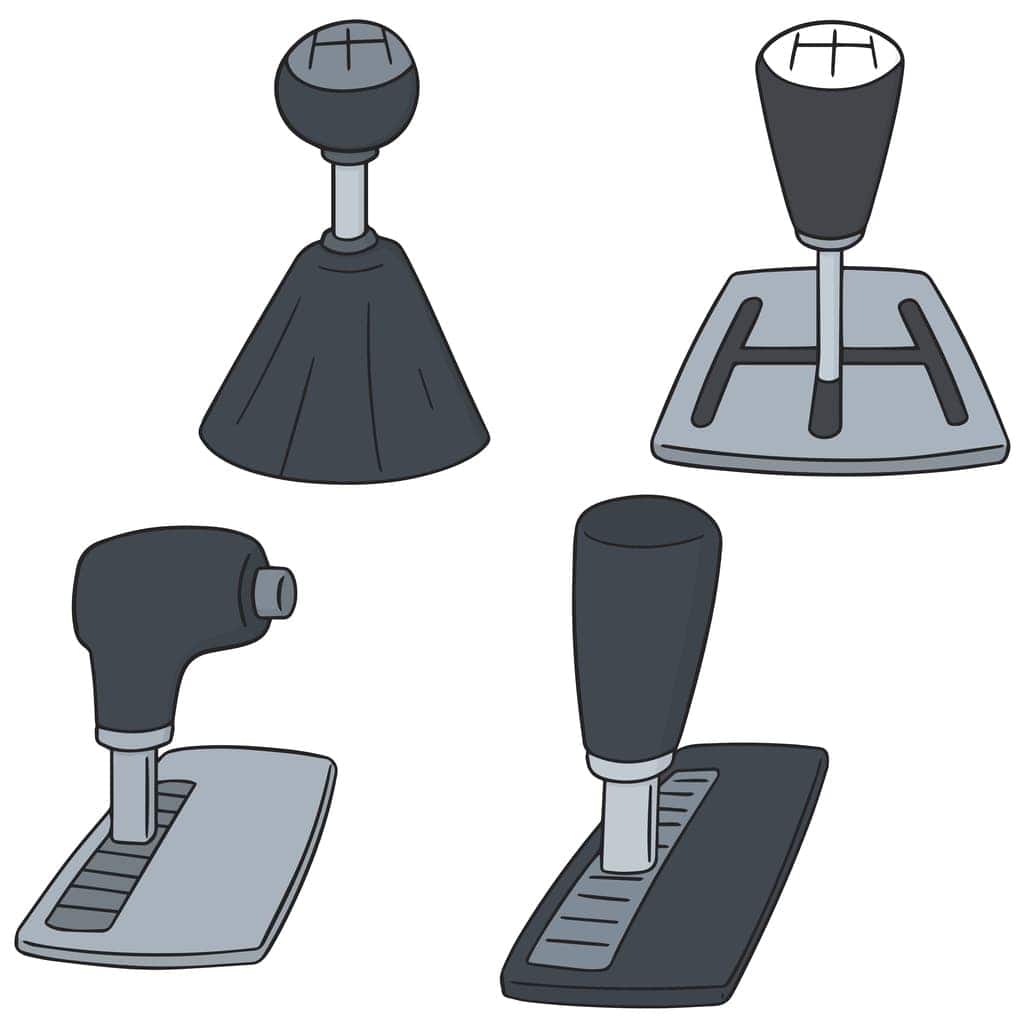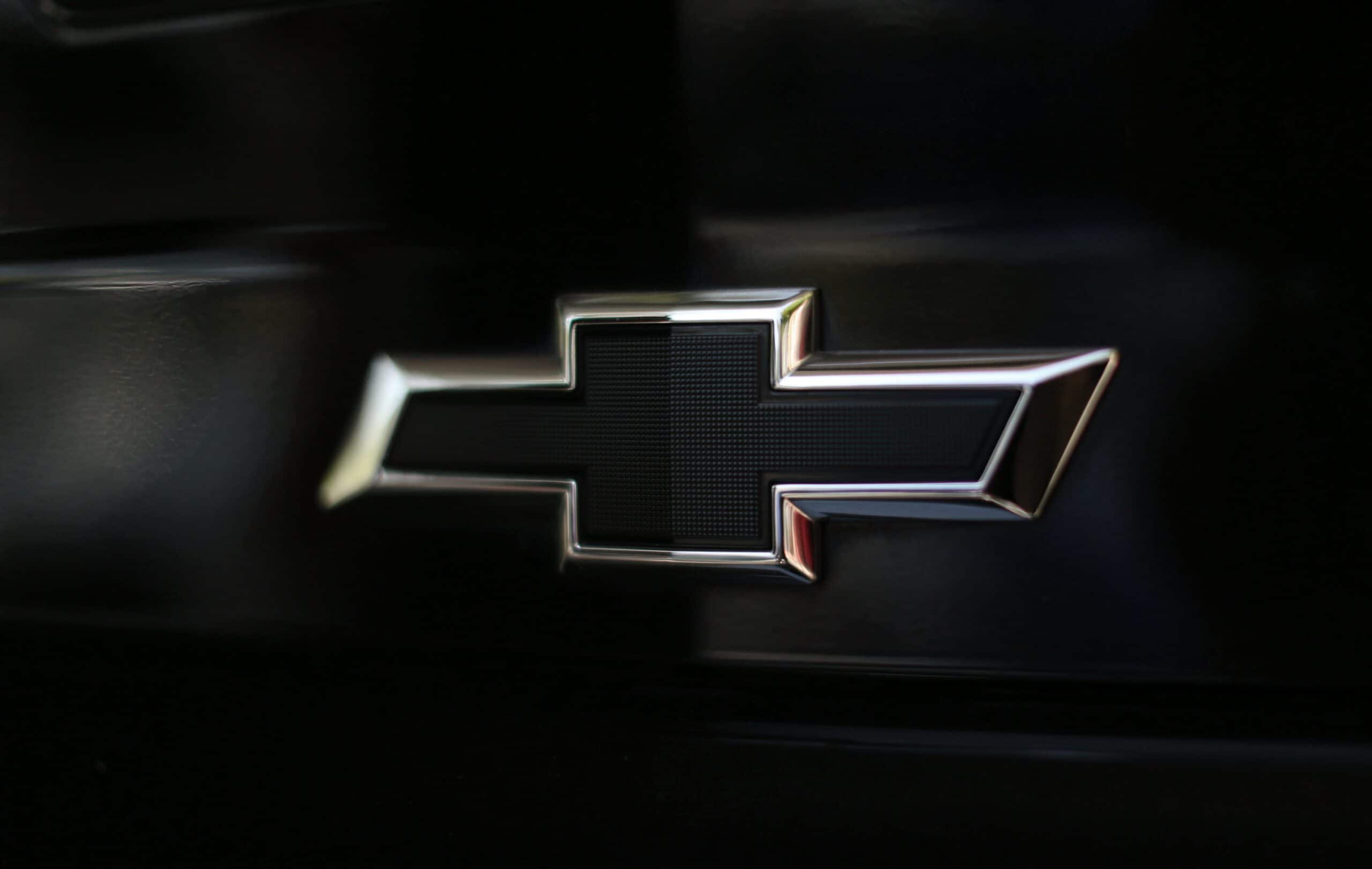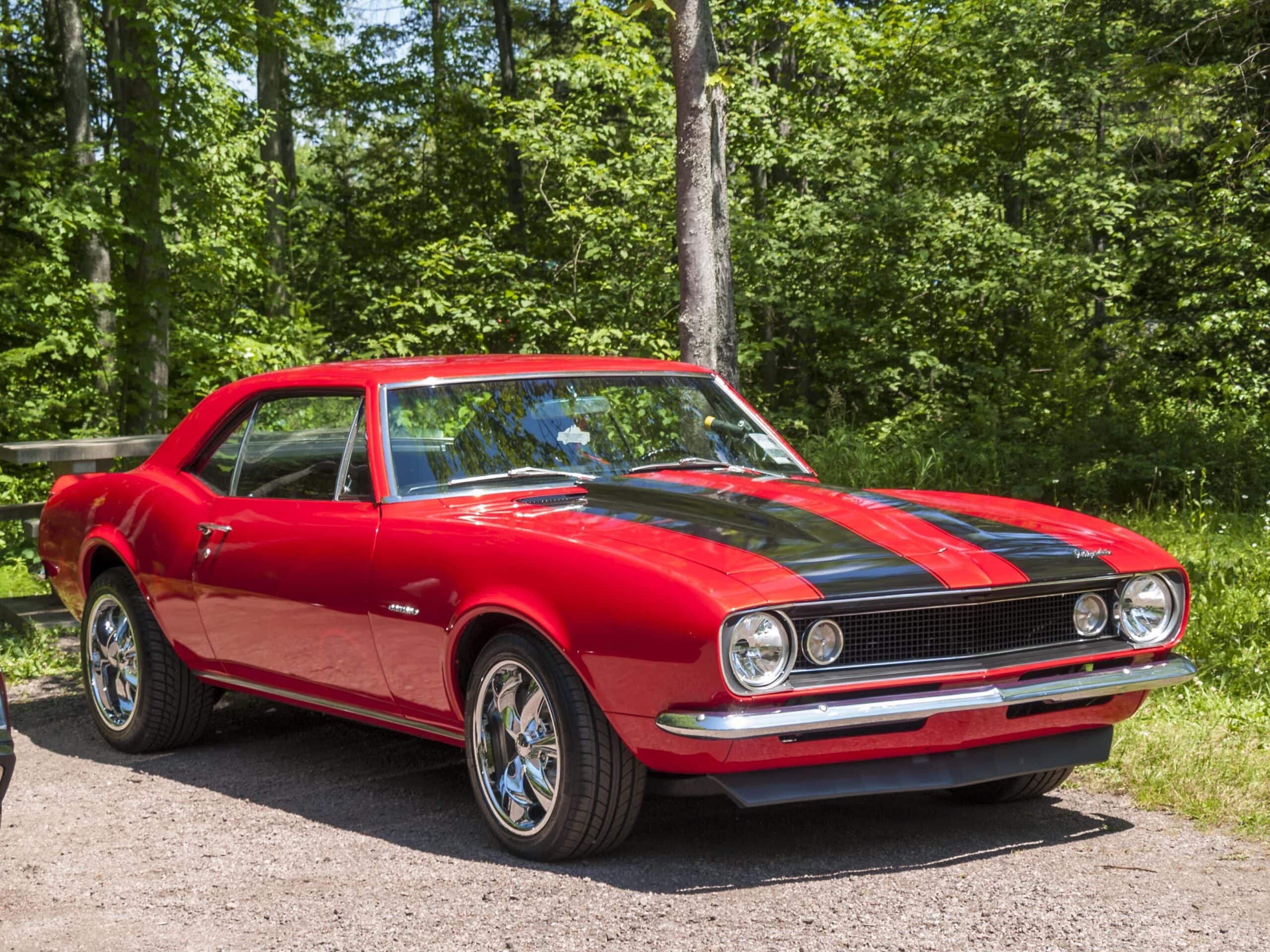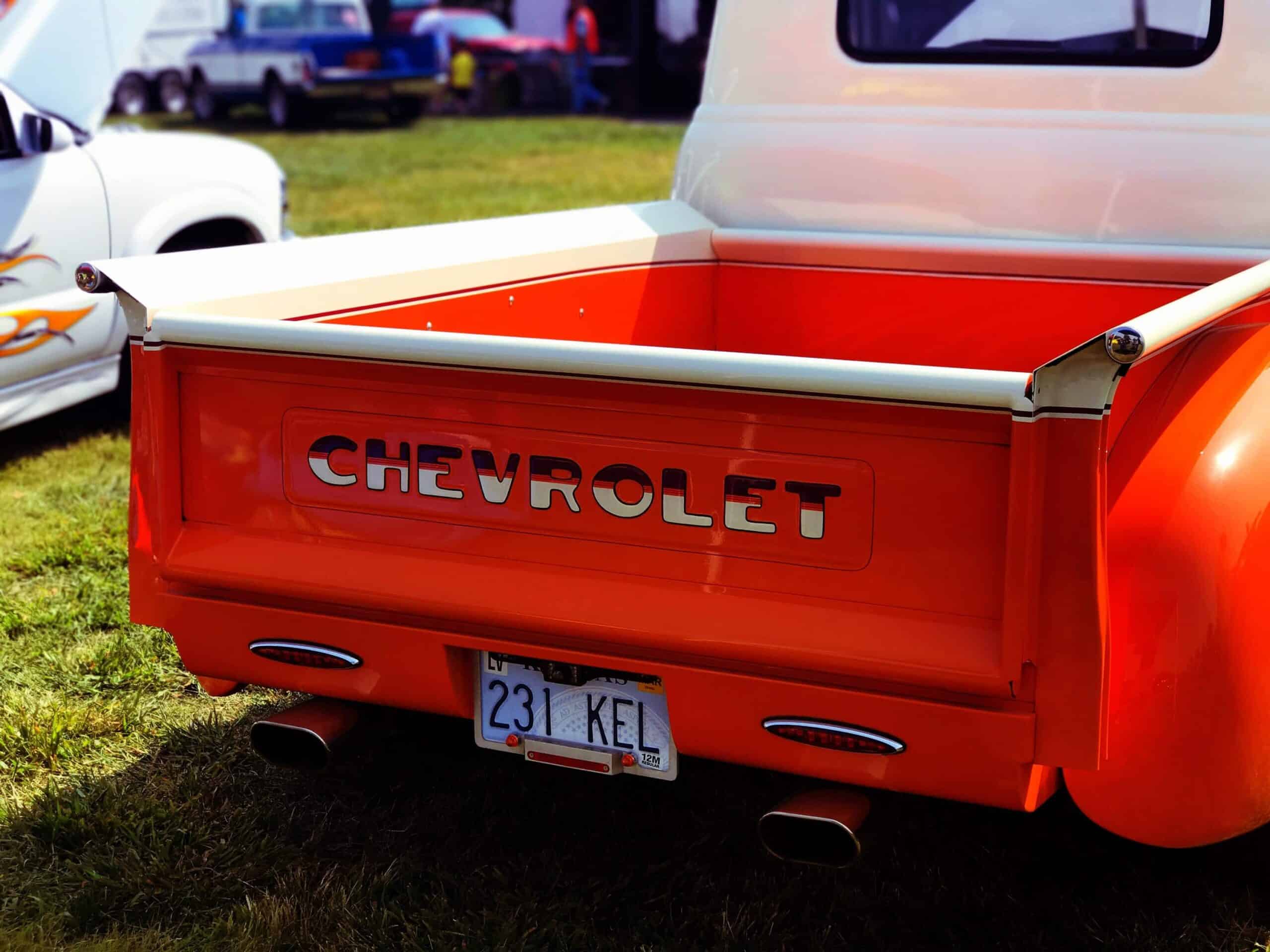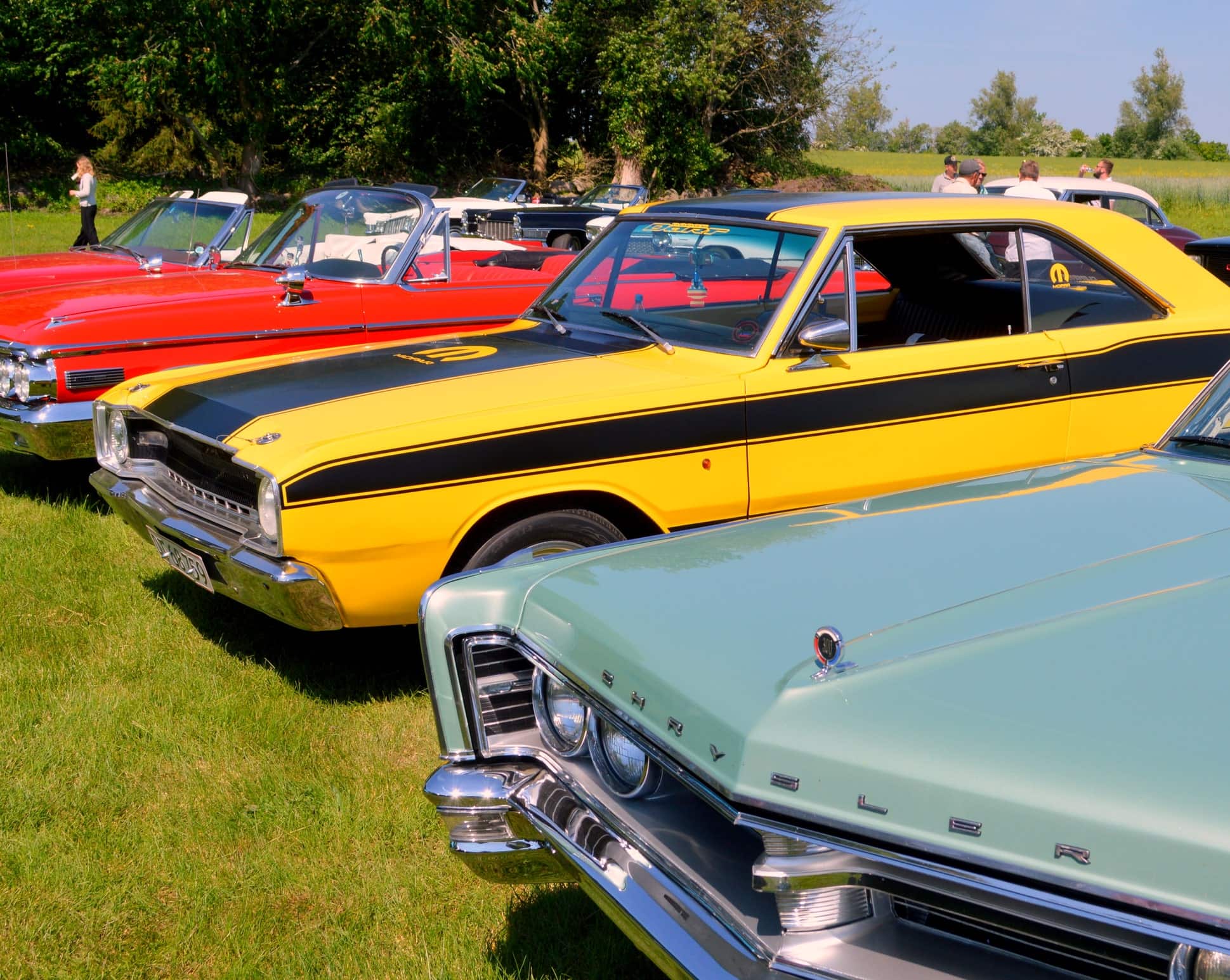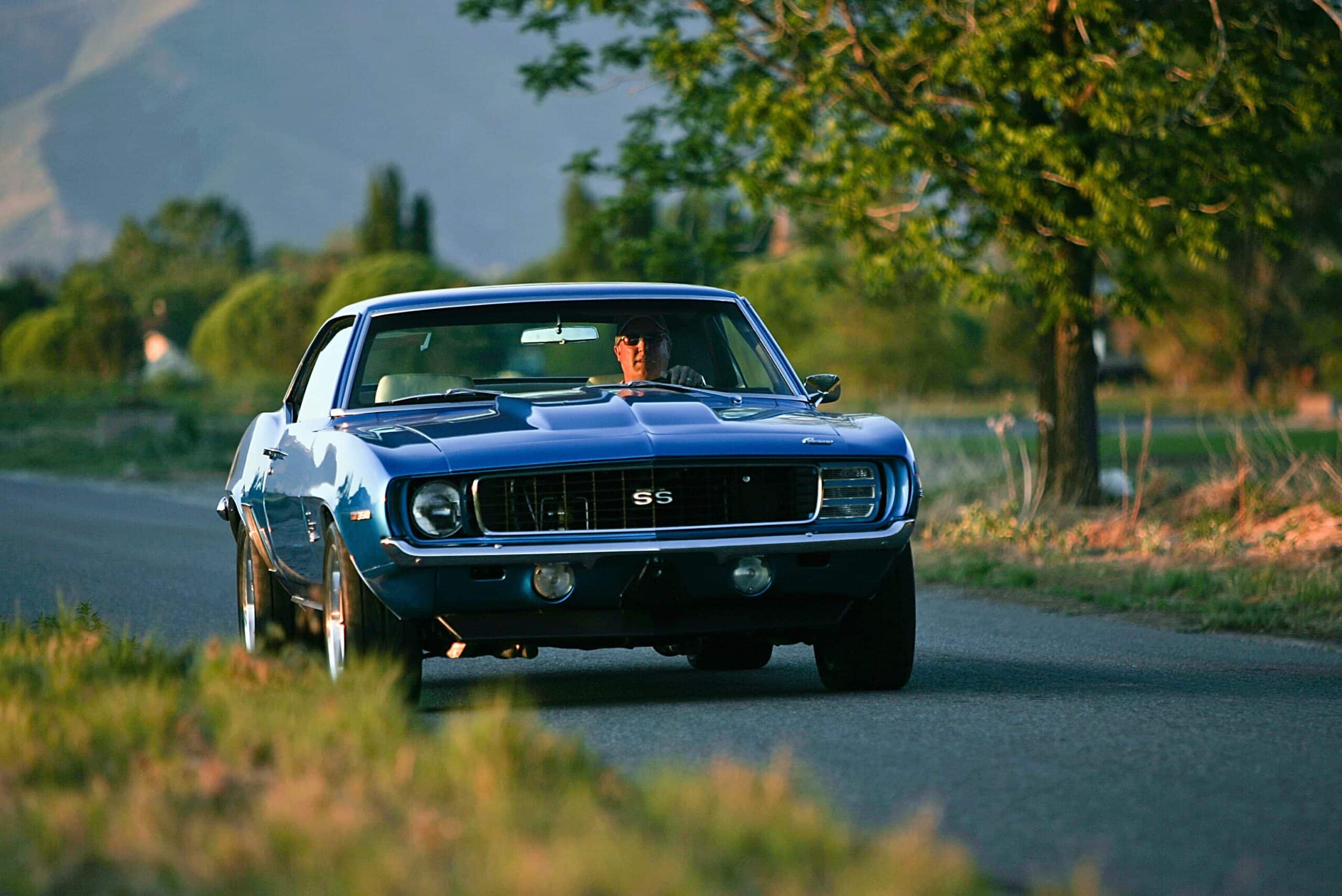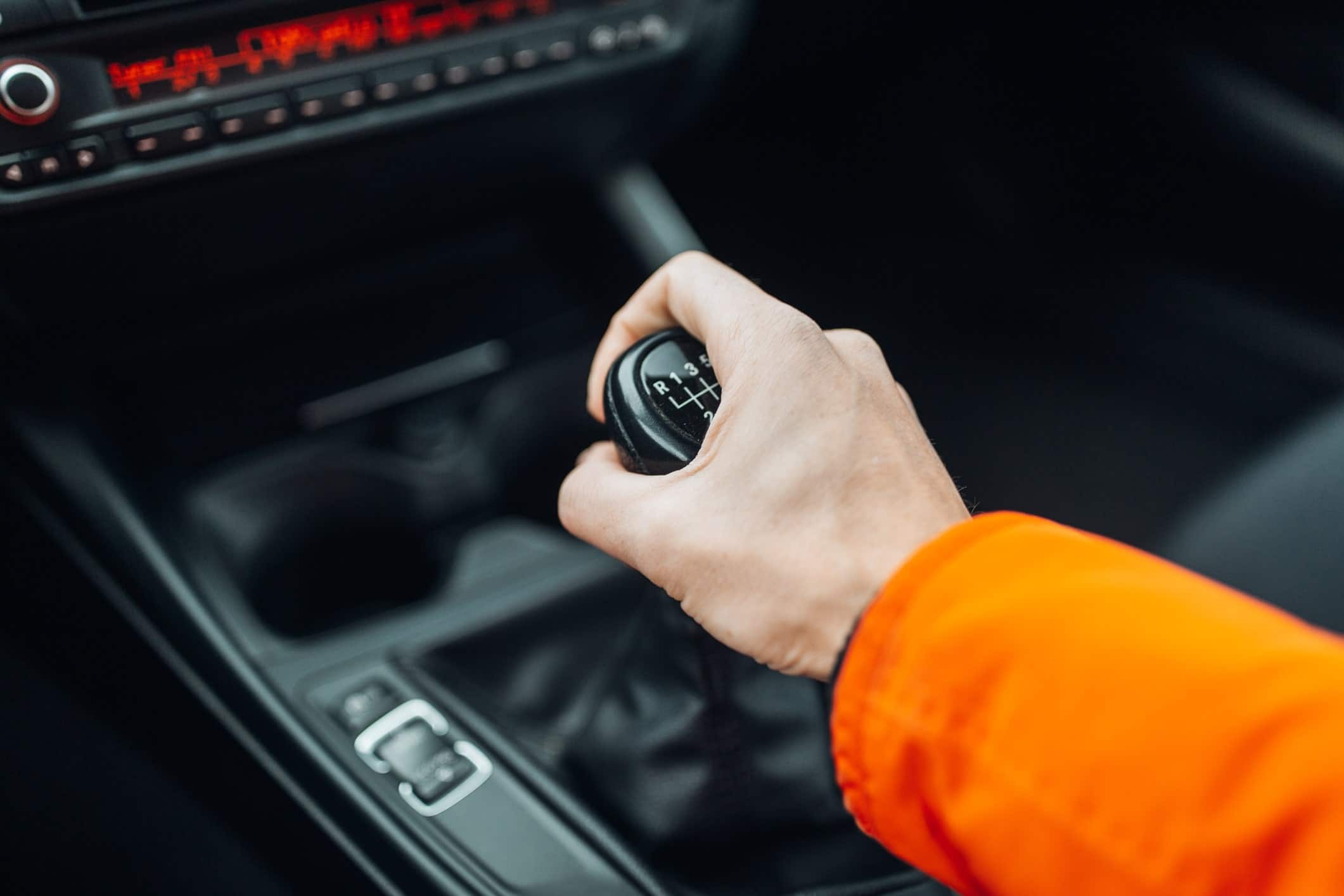
Transmission slipping must be dealt with as soon as possible in order to avoid major repairs. Learn what to look out for.
The transmission is responsible for converting power from the car engine into motion for the vehicle to move. Vehicles come with a manual or automatic transmission. If you drive a car with an automatic transmission, the gears change for you while you may have to put a car with manual transmission into gear via its gear selector.
However, one of the common problems associated with transmissions is known as a slipping transmission. This article covers what transmission slipping means, its causes, signs to watch out for, how to prevent the problem, etc.
Transmission slipping: What does it mean?
Transmission slipping occurs when your vehicle unexpectedly shifts gears without responding to the current speed, often resulting in delayed acceleration or unusual noises. This can be unsettling and signals that your vehicle may need immediate attention. Ignoring transmission slipping can lead to further damage, which is why it’s crucial to address the issue as soon as you notice the symptoms.
What causes transmission slipping?
The following situations or conditions may cause your transmission to start slipping:
- Solenoid problems
- Worn-out gears
- Broken or worn transmission bands
- Burned, low, or worn-out transmission fluid
- Clutch problems
- Torque converter issues
Signs of transmission slipping to look out for
As with most automotive issues, the earlier you deal with it, the more successful you will be at avoiding major repairs. The longer you put off fixing your slipping transmission, the more damage you will likely compound. This will eventually cost you lots of your hard-earned money to fix.
This is why this section deals with the signs to look out for to inform you that your transmission may be slipping:
Unauthorized switching of gears
One of the signs that reveal that your transmission is slipping is that your vehicle suddenly and unexpectedly switches gears as you drive. In some cases, a change in pitch or a noise accompanies the unauthorized switching of gears.
If your car switches gear out of the blue while driving, it can be a potentially life-threatening situation. This implies that your car is unreliable and may start shaking.
When your vehicle feels sluggish
If your car is not accelerating as quickly as it should or feels somewhat sluggish, you could have a slipping transmission problem on your hands. It may also have other issues related to your transmission. This is why you should waste no time in having your vehicle checked by a professional mechanic.
Inability to change gears smoothly
Another symptom or sign of a slipping transmission is when your vehicle finds it difficult to change gears smoothly. You will hear a thud or clunk as your automobile goes down or up in gears.
When there is a delay before movement
If you experience a delay before your car starts moving, it could signify that your transmission has slipped.
As soon as the gear shift moves from ‘Park’ to ‘Drive,’ a long lag ensues before your vehicle starts moving. During this period, the car engine revs but goes nowhere.
When the clutch stops working
This is for those who drive manual transmission vehicles. When you depress the clutch pedal, and nothing happens, your clutch assembly may have been damaged, or something could be wrong with the transmission system.
When the transmission fluid leaks
When you notice a red fluid on your garage floor, coupled with some of the symptoms shared earlier, your transmission may have a problem.
This is because when there is a transmission fluid leak, it results in a slipping transmission.
Is it safe to drive your vehicle when the transmission is slipping?
Driving with a slipping transmission is unsafe because the vehicle’s performance becomes unpredictable. The risk of the transmission slipping into different gears without warning, shaking, or even causing severe mechanical damage increases the longer the issue is ignored. If you notice any of these symptoms, have your vehicle inspected by a professional immediately.
How to prevent transmission slipping
Preventing transmission slipping involves regular maintenance and mindful driving practices. Begin by routinely checking your transmission fluid to ensure it’s at the proper level and remains clean, as dirty or low fluid can lead to slipping. Address any leaks promptly, as they can cause significant damage if left unchecked. Adhering to your vehicle’s maintenance schedule for fluid changes and filter replacements is crucial for avoiding major issues. Use only the recommended transmission fluid to avoid inadequate lubrication and overheating. Additionally, avoid overloading your vehicle and monitor the cooling system to prevent overheating, a common cause of slipping.
Driving habits also play a role in prevention. Avoid rapid starts, sudden stops, and aggressive driving, which can wear out the transmission prematurely. Pay attention to any unusual sounds or shifting problems and address them immediately to prevent further damage. Regular vehicle inspections can help identify issues early. If repairs are needed, opt for high-quality OEM parts to ensure reliability. By following these preventive measures, you can extend the life of your transmission and reduce the risk of slipping. For expert advice or if you experience symptoms of transmission trouble, Gearstar is here to help. Contact us to ensure your transmission remains in optimal condition.
Fixing Transmission Slipping: DIY vs. Professional Help
While some minor transmission issues can be tackled by skilled DIY enthusiasts, such as replacing seals or adding transmission leak sealer, complex problems like a cracked torque converter should be handled by professionals. Gearstar’s team of transmission specialists has the expertise and tools to diagnose and fix slipping transmissions quickly, ensuring your vehicle is safe and reliable.
Conclusion
If your transmission is slipping, you can easily get tempted to make attempts at fixing it on your own. But if you are inexperienced or feel uncomfortable working on your transmission, the best decision you can make is to allow a transmission specialist to handle the repairs for you.
Transmission specialists have the tools and experience to detect the causes behind the slipping of the transmission. Once they diagnose the problem, they can quickly fix it within a short period, and you can get back to your day-to-day lifestyle.

